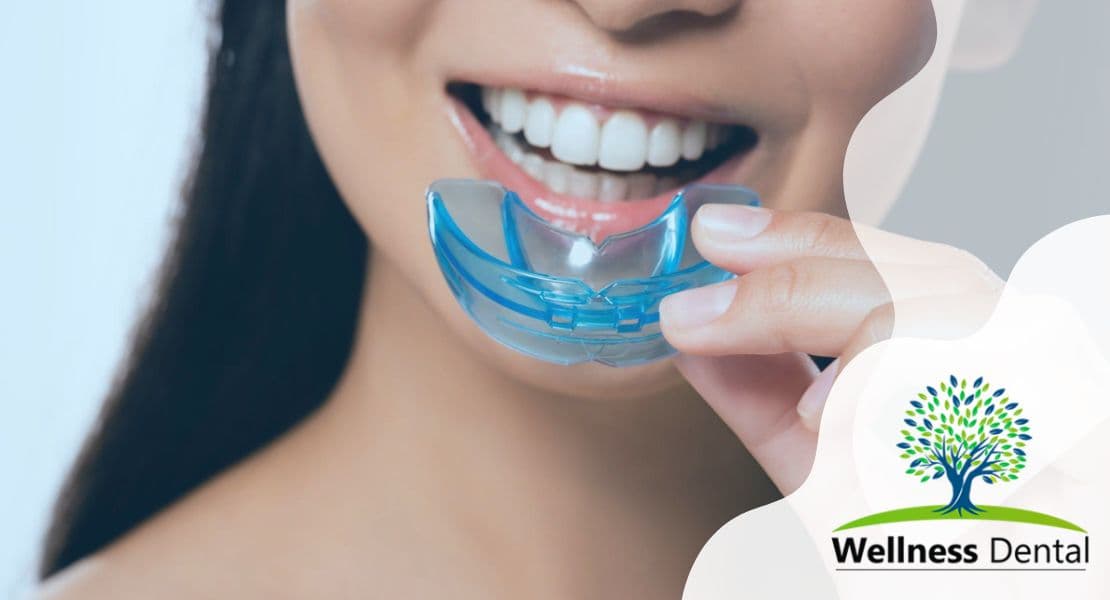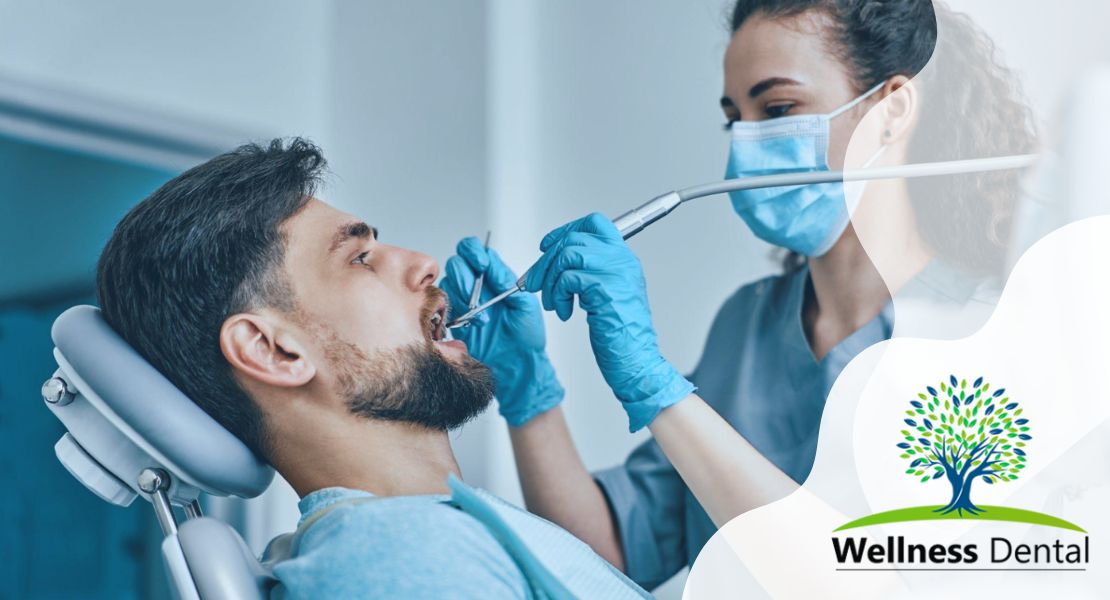Torus mandibularis, also known as mandibular tori, refers to bony growths that typically develop on the inner surface of the jawbone, near the area where the lower teeth are located. These benign growths are relatively common, with prevalence rates varying by population but generally affecting about 7-10% of the adult population. Genetic predisposition and genetic influences have been suggested as potential causes for the development of mandibular tori, while other factors such as fish consumption have also been linked to their formation.
While mandibular tori often do not cause any symptoms, they can lead to complications such as difficulty with denture placement, throat pain, slurred speech, and discomfort while consuming certain foods. In some cases, the excess bone growth can also put pressure on nearby teeth, potentially leading to loose teeth or gum tissue irritation.
How do I identify Dental Tori symptoms?

Dental tori are bony nodules that can develop in the mouth, typically on the lower jaw (mandibular tori) or on the roof of the mouth (palatal tori). These benign growths are usually small and smooth, but can vary in shape and size. They may present as single or multiple bony bumps, and can range from the size of a pea to significantly larger.
Symptoms of tori can include difficulty chewing or eating, slurred speech, changes in oral home care such as difficulty in brushing or flossing, and even throat pain. In some cases, tori can cause pressure on nearby teeth, contributing to loose teeth. Individuals with tori may find relief by consuming soft foods, and should consult an oral surgeon if the protrusions cause significant discomfort or interfere with denture placement.
The appearance of these extra bone growths—particularly in the presence of symptoms—should prompt a visit to a dentist for further evaluation and peace of mind. Genetic predisposition and environmental factors such as fish consumption can influence the development of tori. Identical twins may also share a propensity for the development of these compact bone outgrowths. Monitoring the soft tissue and gum tissues for changes in the mouth is essential for maintaining good oral health.
What creates dental tori?
Dental tori, also known as mandibular and maxillary tori, are benign bony growths that can develop on the jaw bone. These excess bone growths can be found on the roof of the mouth (palatal tori) or on the lower jaw (mandibular tori), and can vary in size and shape.
The exact cause of dental tori is not fully understood, but it is believed to be influenced by genetic predisposition and genetic influences. Identical twins are more likely to both have tori growths, suggesting a genetic link.
Additionally, certain lifestyle factors such as consuming a diet high in fish may contribute to the development of tori. While tori typically do not require treatment unless they interfere with oral health or denture placement, some individuals may opt for surgical removal if the growths cause discomfort, loose teeth, or slurred speech.
Understanding the causes of dental tori is important for maintaining oral health and providing peace of mind for those who may be concerned about these bony formations.
Factors that increase the risk of torus mandibularis
Risk factors for torus mandibularis include teeth grinding, mouth anatomy, bone density, vitamin deficiencies, genetics, and age. Teeth grinding, also known as bruxism, can put pressure on the jaw bone, leading to excess bone growth in the form of mandibular tori.
An individual’s mouth anatomy, such as having a narrow jaw or misaligned teeth, can also contribute to the development of tori bone growth. Low bone density can make an individual more prone to developing torus mandibularis, as can certain vitamin deficiencies.
Genetic influences and age are also risk factors, with genetic predisposition and the natural aging process contributing to the likelihood of extra bone growth in the jaw. Identical twins have a higher chance of both having torus mandibularis, indicating a strong genetic component.
These risk factors can all contribute to the development of mandibular tori by influencing the bone growth and structure in the jaw.
What are the implications of mandibular tori?
Torus mandibularis, also known as mandibular tori, can lead to various complications affecting oral health and daily functions. The bony growths can make it challenging to maintain proper oral hygiene, leading to an increased risk of dental plaque buildup and gum disease.
Chewing and swallowing may also be affected, particularly if the tori is large or located near the teeth, causing discomfort and difficulty with food consumption. Additionally, torus mandibularis can result in slurred speech and throat pain if they obstruct the normal movements of the tongue and throat. In some cases, the excess bone growth may cause pain and discomfort, especially if it presses against nearby tissues.
Surgical removal of mandibular tori may be necessary if they cause significant problems. However, potential complications following the surgical procedure include temporary difficulty with chewing and speaking, as well as post-operative pain and swelling.
Patients may also need to consume soft foods for some time during the recovery process. It is essential to consult with an oral surgeon to discuss the potential risks and benefits of torus mandibularis removal, especially considering genetic influences and the potential for tori to reoccur.
What are the treatment options for dental tori?
Dental tori are benign bony growths that can develop on the jaw bone, specifically the mandibular tori and the palatal tori. While they often do not cause any symptoms, in some cases they can lead to oral health issues such as loose teeth, difficulty with denture placement, slurred speech, and throat pain.
Surgical removal is sometimes necessary to address these problems, and may also be considered for aesthetic or peace of mind reasons. The development of these extra bone growths is believed to have genetic influences, as identical twins and those with a genetic predisposition are more likely to have them.
Certain factors such as fish consumption and the consumption of hard or crunchy foods can also contribute to their development. When surgical removal is not indicated, managing tori may involve simple lifestyle modifications such as consuming soft foods and maintaining good oral hygiene. Consulting with an oral surgeon is recommended for the appropriate treatment and management of dental tori.
Which diagnostic tests can detect mandibular tori?
To diagnose mandibular tori, the use of diagnostic imaging, such as CT scans, can be helpful in confirming the presence and size of the bony growths. CT scans provide detailed 3D images of the jaw bone, allowing oral surgeons to accurately assess the extent of the tori. These tests can also help rule out other dental issues, such as tumors or cysts, that may present with similar symptoms.
In addition to CT scans, dental X-rays may be utilized to capture images of the tori bone and nearby teeth. These images can provide valuable information about the positioning and impact of the mandibular tori on oral health. Furthermore, a thorough oral examination by an oral surgeon may be necessary to assess the tori’s impact on soft tissues, gum tissues, and nearby teeth.
By combining these tests and procedures, a comprehensive diagnosis of mandibular tori can be made. This is crucial for determining the appropriate treatment plan and providing patients with peace of mind regarding their oral health and potential need for surgical removal.
Is it possible for mandibular tori to regrow after removal?
Mandibular tori, which are benign bony growths on the jaw bone, can potentially grow back after surgical removal. The regrowth of mandibular tori depends on various factors such as genetic influences, genetic predisposition, and the presence of underlying issues like teeth grinding or clenching. These factors can contribute to the recurrence of these excess bone growths.
Teeth grinding or clenching, also known as bruxism, can impact the likelihood of mandibular tori returning. The constant pressure and strain from bruxism can stimulate the growth of tori bone. Additionally, if the underlying cause of teeth grinding or clenching is not addressed, it can perpetuate the regrowth of mandibular tori even after they have been surgically removed.
Therefore, it is crucial for individuals who have undergone surgical removal of mandibular tori to address any underlying issues such as teeth grinding or clenching to minimize the potential for regrowth. This may involve seeking treatment from an oral surgeon, using protective guards during sleep, and practicing stress-reducing techniques.
Overall, individuals should be mindful of the potential for mandibular tori to regrow, and take proactive measures to address any contributing factors to promote oral health and prevent the recurrence of these bony growths.






